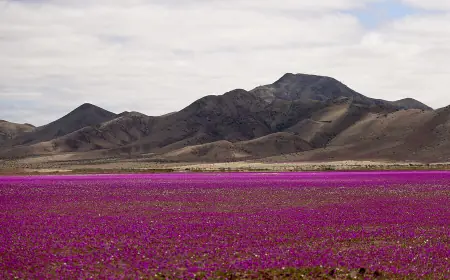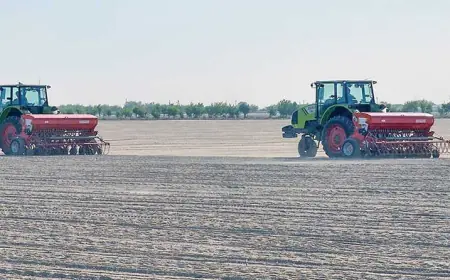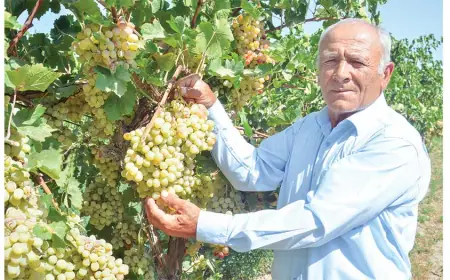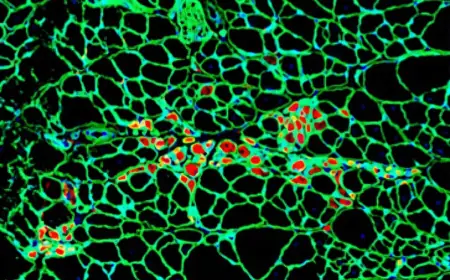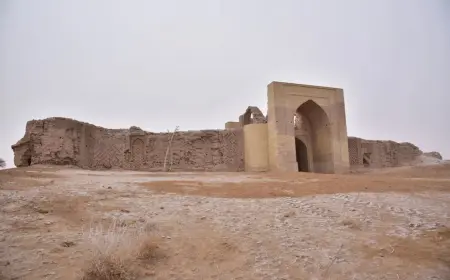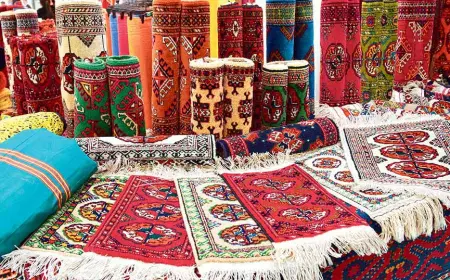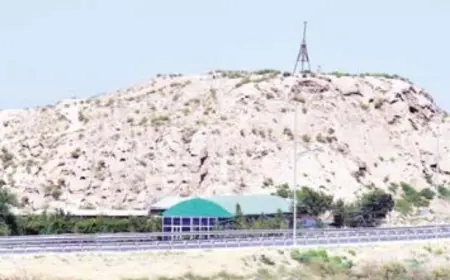Astana Baba Mausoleum
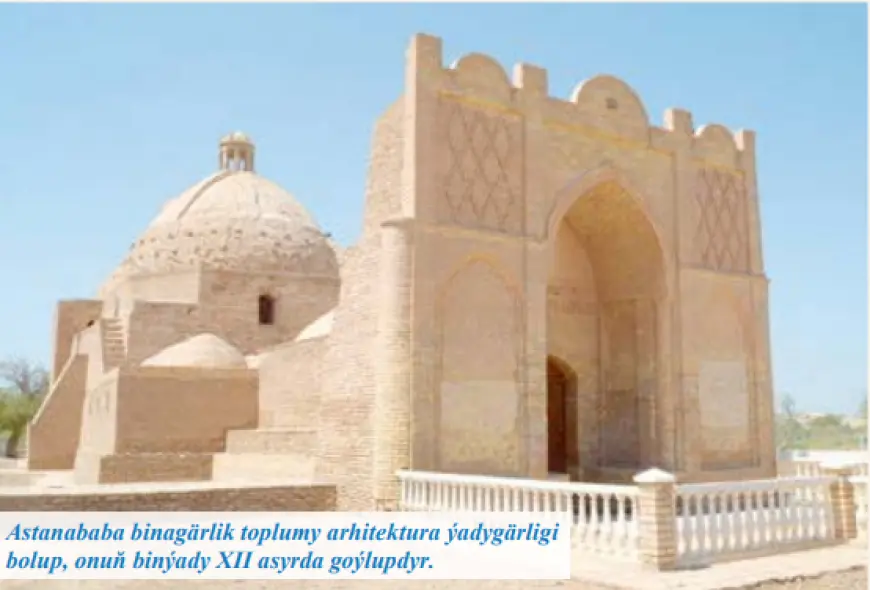
The Turkmen people are recognized as a nation that has significantly contributed to the development of world culture and science since ancient times. This is fully confirmed by the historical monuments within our country. The Astana-Baba mausoleum is one of the most famous historical buildings in our country, located 10 kilometers west of the center of Kerki city in Lebap province. The monument has undergone several restoration and reconstruction works over different periods.
During these restoration works, only the collapsed and ruined parts of the monument were rebuilt. Upon close inspection, traces of 12th–13th-century architecture can be seen in the four main domes. The smaller domes, which are nine in number, were constructed in the 16th–17th centuries, indicating that the domed structures were built in different periods.
According to local legends, the daughter of Ibn Ali Nur ogly, the ruler of Balkh province, was married to the governor of Zemsebit. However, shortly after the marriage, she passed away. Hearing this news, Ibn Ali Nur ogly came to Kerki with his close associates to bury her. In her honor, he ordered the construction of a dome over her grave. Despite the efforts of various craftsmen, the dome collapsed repeatedly. In despair, Ibn Ali Nur ogly dreamt of an elderly man who advised him to use clay and water brought from Mecca and Medina for the construction. Following this advice, the dome was successfully built and stood firm. Thus, in the 12th century, the first dome of this mausoleum was constructed.
In addition to this, the mausoleums of Zeyd Ali and Zubeyd Ali, descendants of the fourth caliph Hazrat Ali, are also located here. Therefore, the Astana-Baba mausoleum is considered a sacred and miraculous place.
The mausoleum complex consists of several parts: an open corridor, a courtyard, a portal, a mosque, four main domed rooms, the mausoleums of Zeyd Ali and Zubeyd Ali, a divan-khana, and the Kizlar-Bibi mausoleum. The oldest part of the complex is the mosque, which was built simultaneously with the divan-khana. The Kizlar-Bibi mausoleum is the most recent addition to the complex. It was constructed using bricks of various sizes.
Currently, pilgrims from different regions visit this mausoleum. The word "Astana" is derived from the ancient Persian language, meaning "sacred threshold" or "holy place." The Astana-Baba mausoleum is protected by the state, and restoration works are carried out periodically. Local craftsmen assist in these restoration efforts by producing bricks that match the original ones, which are then baked in traditional kilns. Presently, the mausoleum is under the care of the "Kerki" historical and cultural reserve established in Kerki city.



